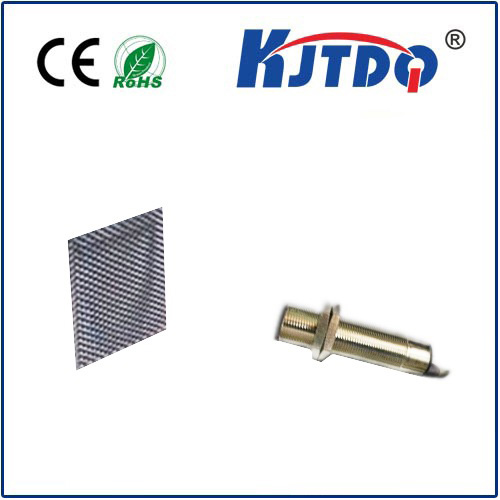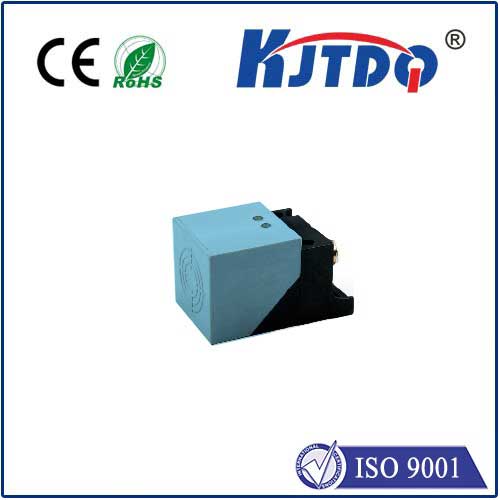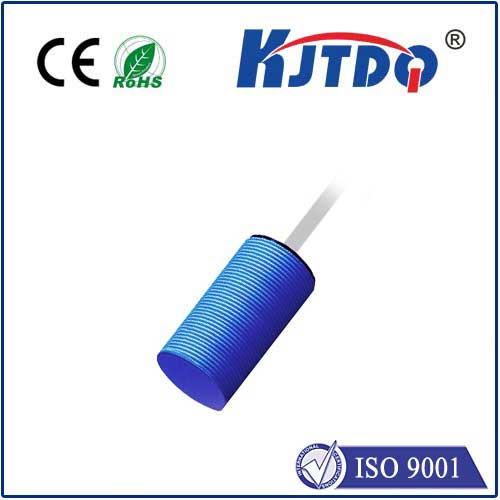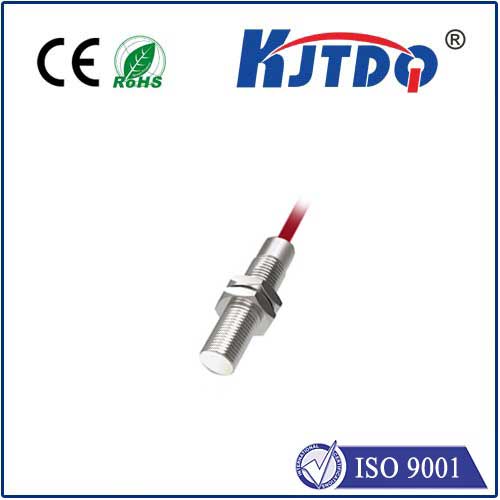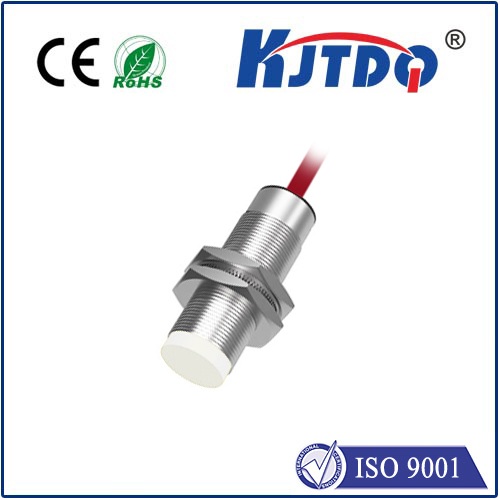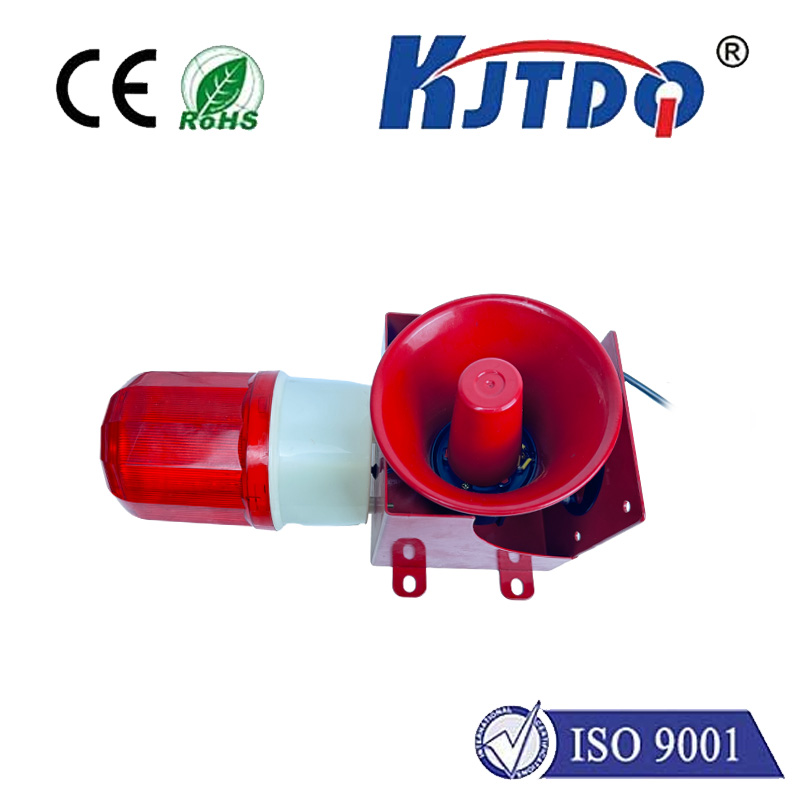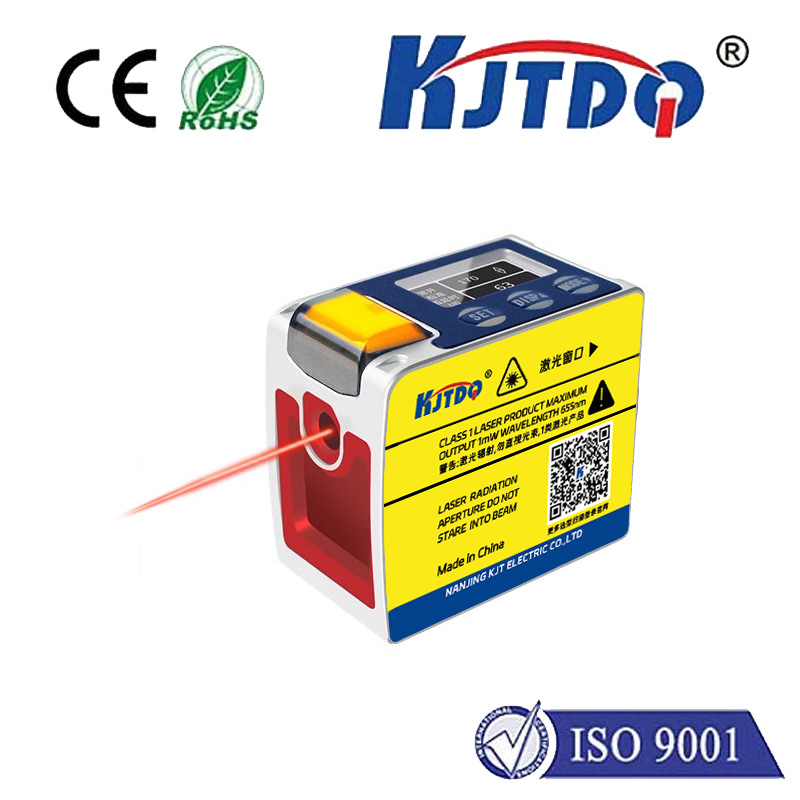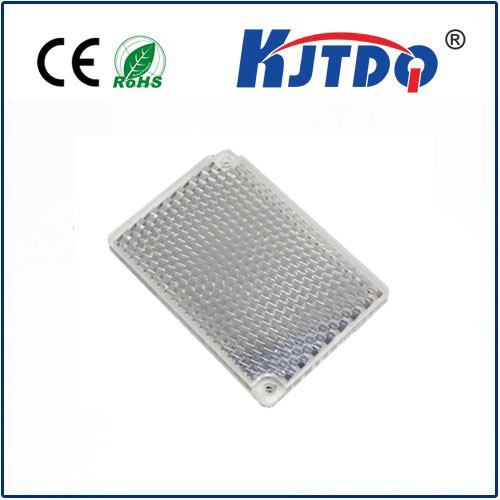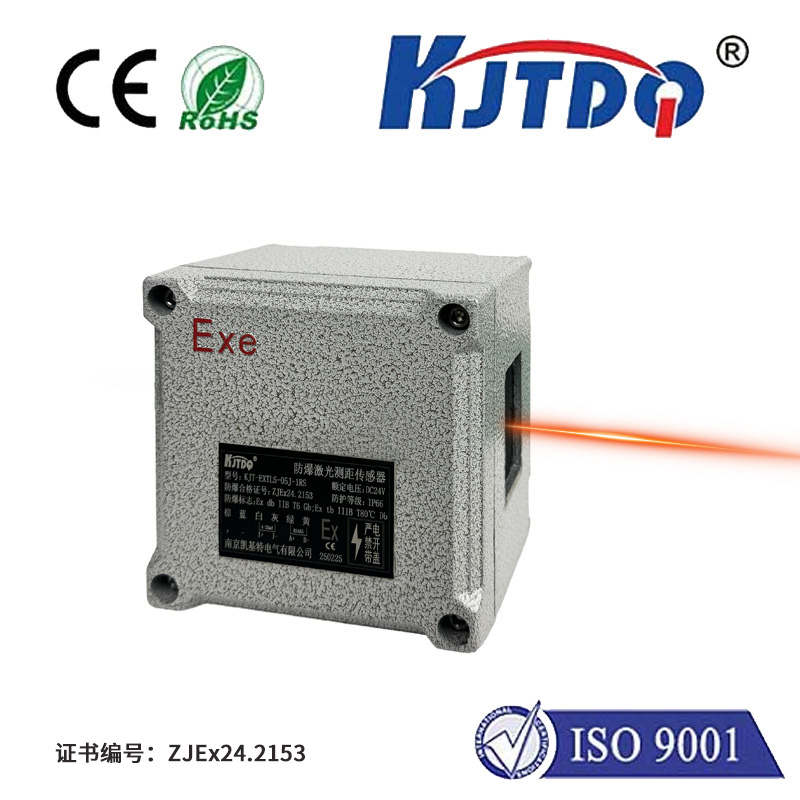
check

check

check

check
Photoelectric Beam Sensors: Revolutionizing Industrial Automation
In the world of industrial automation, photoelectric beam sensors have emerged as a game-changing technology. These advanced sensors are designed to detect the presence or absence of objects in their path, triggering a response that can be used for a variety of applications. From manufacturing and packaging to quality control and safety systems, photoelectric beam sensors are revolutionizing the way businesses operate.
So, what exactly is a photoelectric beam sensor? At its core, it is a device that uses light to detect objects. The sensor consists of a transmitter and receiver, which are separated by a specific distance. When an object passes between the two units, it breaks the beam of light and triggers a signal that can be used to control machinery or alert workers to potential hazards.

One of the key benefits of photoelectric beam sensors is their flexibility. They can be configured to work with a wide range of materials, including metals, plastics, and even transparent objects like glass. This makes them ideal for use in industries where product lines may change frequently or where multiple types of materials need to be handled.
Another advantage of photoelectric beam sensors is their accuracy. They can detect objects with incredible precision, down to the millimeter or even micron level. This makes them ideal for quality control applications, where products must meet strict specifications to be considered acceptable.
In addition to their flexibility and accuracy, photoelectric beam sensors are also highly reliable. They are designed to withstand harsh environments and can operate continuously without requiring frequent maintenance or calibration. This makes them an ideal choice for industries where uptime is critical, such as manufacturing or logistics.
Of course, like any technology, photoelectric beam sensors are not without their limitations. For example, they may struggle to detect objects that are highly reflective or transparent. Additionally, they may be affected by environmental factors such as dust or fog, which can cause false readings. However, these challenges can often be overcome with proper installation and configuration.
Overall, photoelectric beam sensors represent a major advancement in the field of industrial automation. With their flexibility, accuracy, and reliability, they are helping businesses streamline their operations and improve their bottom line. As this technology continues to evolve, it will undoubtedly play an increasingly important role in shaping the future of industry.
